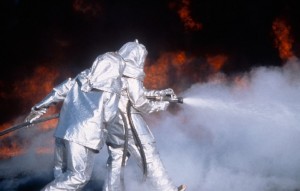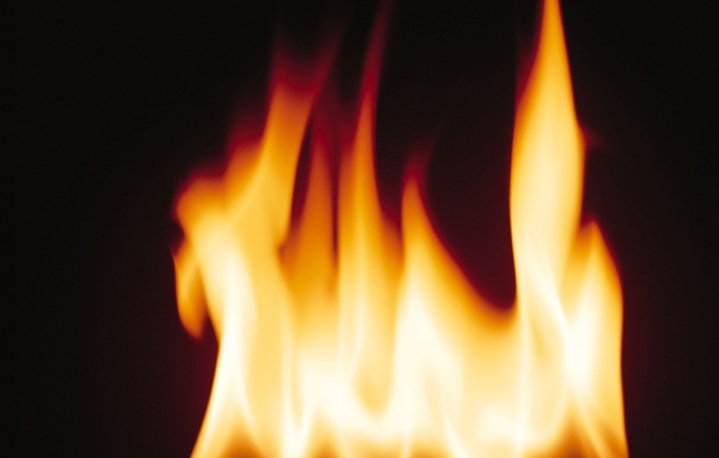Living and Preparing In Areas Prone To Forest Fires
Forest fires are an unpleasant fact in many areas of the country, and most people realize the risk when living in these areas. Fires can happen without warning at anytime of the year or day. This means you must be prepared to evacuate immediately. You may not have time to gather emergency supplies so they should be kept at the ready. Ensure important documents are all in one place so they can be carried with you as you evacuate.
Preparing Your Home
Anyone purchasing or that already owns a home should ensure that the roof is covered with fire resistant shingles, tile or even metal. Outside decking and out buildings should be constructed using fire resistant materials as well.
Experts recommend that you maintain a fire zone that is at least 30 feet around your home. This means removing all dead underbrush and keeping grasses mowed to just a few inches and do not store firewood in this zone. Do not store propane gas grills with the tank attached on any decking connected to the home. The tanks should be a minimum of 15 feet from the house.
Any vegetation will burn if the area has experienced a drought, but pine and fir trees are especially flammable particularly in hot dry climates. Remove any dead trees/limbs immediately and replace with drought resistant trees and plants.
Know all available evacuation routes and map out alternative routes because the main routes will be clogged with others or the roadways and bridges may be impassable.
In ground or above ground pools can be a water source for you or the fire department so if you have a pool it is recommended that you keep it full.
Once You Realize a Fire Is Imminent
Have all emergency supplies and documents already in your vehicle if there is any indication there is a forest fire in the area. Back your vehicle into your garage and make sure all vehicles outside are pointed toward the street.
Shut off your heating or cooling system to prevent smoke from being drawn inside and turn off your gas supply at the meter. Make sure you have a portable radio to monitor for information.
Place a ladder near an outside water spigot so you can reach the roofline and run a garden hose up the ladder so you can water down your roof to extinguish any embers that may land there.
Close all doors and windows but leave the doors unlocked so rescue personnel or firefighters do not have to break down the doors. Turn on the exterior and interior lighting so you home can be seen in heavy smoke. Remove flammable drapes or any material covering your windows.
Once an evacuation order is issued, you must leave before you become trapped. Time is critical and no one can predict how fast the fire may move.
Emergency Essentials
Besides the normal emergency supplies such as food, water and other essentials, you should also consider having a fire shelter. Use the shelters if you cannot evacuate or are caught in the fire as you do evacuate.
According to the manufacturer, this shelter provides protection from direct flame and convective heating.
In addition to a fire shelter, you should also have dust masks if not respirator masks, heavy gloves, shoes, clothing, protective head gear and safety glasses/goggles.



